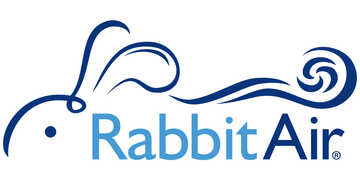According to the Environmental Protection Agency (EPA), the air inside our offices can be up to five times more polluted than the air outside. Many of us watch the news for smog alerts and try to stay indoors for safety, but the truth is we might be breathing in even more pollutants at our desks than out on the street.
The Office “Cold” That’s Not a Cold
Have you noticed coworkers sniffling, coughing, or wheezing and just blaming it on the weather or the flu? Sometimes, the real culprit is the air inside the building. Some common symptoms from poor indoor air quality (IAQ) include:
- Headaches
- Nausea
- Fatigue
- Irritated eyes
- Asthma
- Allergies
- Respiratory infections
On top of making people feel sick, poor IAQ can wreck concentration and lower productivity. This can seriously affect a company’s bottom line. In fact, OSHA estimates that poor IAQ costs U.S. employers about $15 billion every year due to sick leave and reduced work performance.
Employers’ Wellness Efforts Are Missing a Key Piece
Many companies try to create a healthier workforce by encouraging employees to eat better, work out, and manage stress. That’s all great, but it doesn’t solve the IAQ problem. According to research from Lawrence Berkeley National Laboratory, improving indoor air can boost employee performance by 10%. No matter how many healthy snacks you offer, if the air is polluted, your team won’t be feeling or performing their best.
What’s Dirtying the Air Indoors?
We spend about 90% of our time indoors, so it’s no surprise that the air in offices can get pretty stale and dirty. Some of the biggest contributors include:
- Chemicals in the Workspace: Hardware, cleaning supplies, furniture, and building materials all emit chemicals.
- Copiers and Printers: They release volatile organic compounds (VOCs) into the air.
- Floor and Wall Coverings: Materials can give off ozone and tiny particles.
- Paints and Furnishings: These often release formaldehyde, toluene, and many other VOCs.
- Computers and Electronics: Adhesives, circuits, and plastics send emissions into the air, which get worse as devices heat up.
- Pest Control Treatments: While nobody wants bugs crawling around, pesticides also send toxins into the environment.
Steps to Breathe Easier at Work
The World Health Organization says nearly a third of new or renovated buildings have IAQ problems, but that doesn’t mean we’re stuck with them. After banning smoking in offices, air quality got much better, and we can tackle other pollutants, too. Here are a few strategies:
-
Bring in more outside air with proper ventilation.

- Put networked printers in well-ventilated areas.
- Slow down print speeds on personal printers.
- Install an air purifier.
- Buy greener, low-chemical office supplies, furniture, and paints.
- Keep temperatures stable to prevent mold.
Even small tweaks can lead to big improvements. When the air is cleaner, employees feel better, stay healthier, and work more efficiently. This means fewer sick days and a happier, more productive team. A few changes now can help everyone breathe easy down the road.




